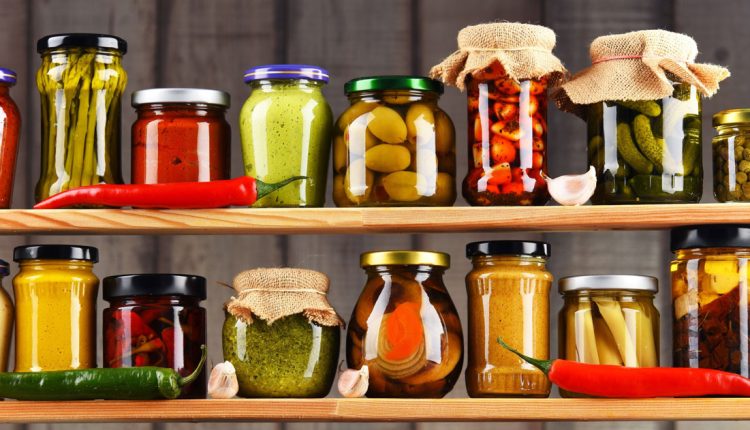© All Rights Reserved.
Persian Pickles | A journey in the world of pickles & Iranian torshi
Persian Pickles‘s history is one of those things whose date is not exactly known, and there is not a specific date for it.
This product has historically been one of the ways to preserve food, especially vegetables, which are placed in a solution of salt, water, or vinegar with a low pH and an acidic state.
Vinegar is one of the food’s stuff that is produced by the fermentation of fruit sugar by bacteria, and due to the presence of acetic acid.
Vinegar also becomes acidic and by changing the pH, it prevents the growth of many microorganisms; It is interesting to know that vinegar stimulates the appetite in addition to flavoring the food, that is why pickles are eaten before meals as an appetizer, to increase the appetite, but it should be noted that eating too much pickles leads to obesity, for this reason.
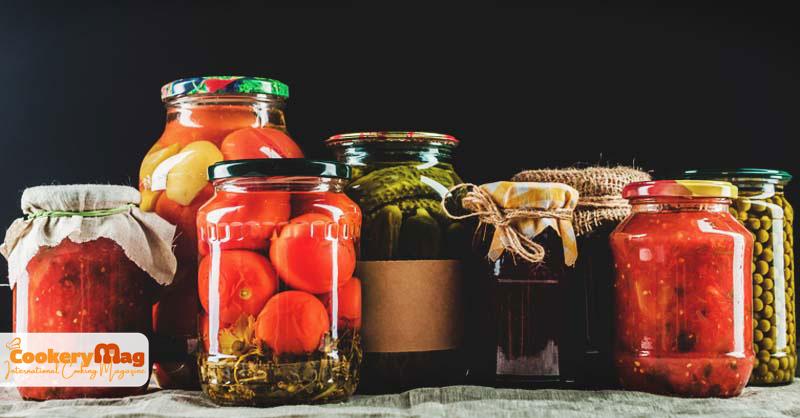
In order to prevent gain weight, eating pickles should be moderate.
Most of the pickles are made from different vegetables such as cauliflower, carrot, cucumber, etc., but some of their vitamins are lost over time due to the acidic environment of the pickle.
So we should not expect pickles to provide enough energy and vitamins.
If the food itself has enough water, just adding salt is enough to make a pickle. The process of pickling was created to preserve food and use it outside the harvest season.
It’s true that we’re going into a detailed history of pickles in this article, but for some interesting information and surprising facts, you can check out our pickled cucumber article on Cookery Magazine.
Having a journey in the history of Persian Pickles
The history of anything in this world is remarkable and interesting. The history of pickles is also strange and this food or seasoning owes its development and fame to seafarers and is widely used in Middle Eastern cooking, especially in Iran and the Balkans.
There is a difference of opinion as to exactly in which country or territory the so-called pickling was first used.
Some researchers and historians have estimated the age of this food to be 2000 years and consider its origin to be Mesopotamia.
But some historians and elders of this knowledge believe that 4000 years ago in the land of India, they used the technique of pickling for the first time.
In fact, some historians who estimate a longer age for this food, believe that this food was first made in India with native Indian cucumbers and a new way of preserving food was invented.
The Latin word “Pickle” has Dutch roots. This word in Dutch means water and salt.
The reason for the emergence of pickles can be said that pickles were a way for people to have access to some food items outside of the season.
In addition, there was also the point that by turning some food items into pickles, travelers on different routes could carry long-lasting food with them on their travels.
Later, this food was used a lot in sea voyages and it was useful for sailors and seafarers.
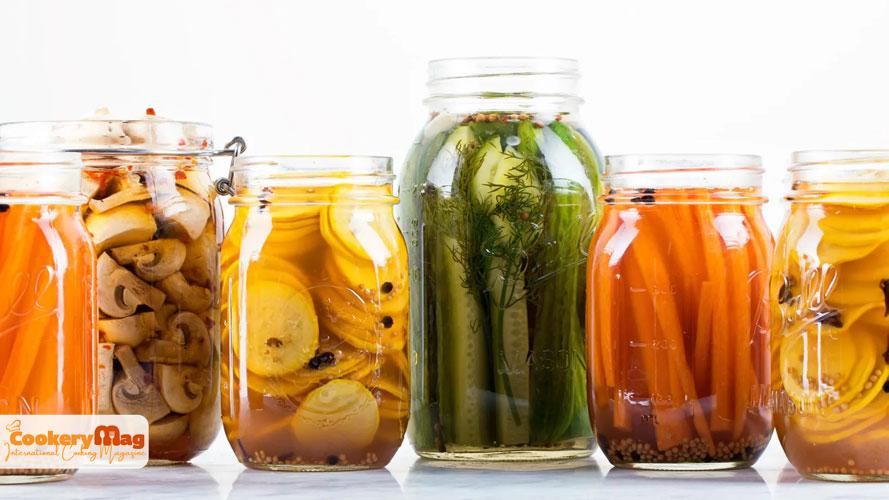
With the progress of humans in the 16th century AD and the growth of interactions between the continents of this earth, this food traveled to different countries and different cultures and nations became familiar with this food.
This period in the history of pickles is very significant because at this time this food underwent changes in different countries and caused this appetizer to become popular and popular, and different types of it appeared.
Pickling is the process of preserving food by anaerobic fermentation in salt water or vinegar. Pickling can preserve perishable products for months.
While vinegar is an essential part of any pickle, it also needs some other ingredients, which are usually up to your taste.
You can use different herbs and spices such as: turmeric, garlic, mustard seeds, cinnamon, angelica, dry mint or cloves.
The place of salt and pepper in this food is clear and it is recommended to use salt and all kinds of peppers in your pickles.
Because vinegar has a low pH, and this pH is a suitable condition for bacteria to grow and lead to food spoilage, and in this environment, the food’s access to oxygen is also lost, and as a result, Many chemical reactions will not occur.
This is the scientific reason for using vinegar in pickles, and for this reason, pickles have a good shelf life and last a few months longer than the time they should spoil.
The history of Persian Pickle and Iranian Torshi
Making pickles in Iran also has a long history. The history of pickles in our country goes back to the times before Islam entered Iran.
This appetizer, which is also known as a seasoning with food and is more diverse and popular in Asian countries, has strong roots in Iran and is a part of Iranian culture.
The history of this delicious seasoning, Persian Pickle, in Iran goes back to very distant years, approximately to the period of the Medes.
Although at first and in ancient times, pickling was a way to preserve food such as vegetables and some kind of fruits for a long time, but now, the purpose of pickling is to prepare delicious side dishes and they are found on most Iranian tables.
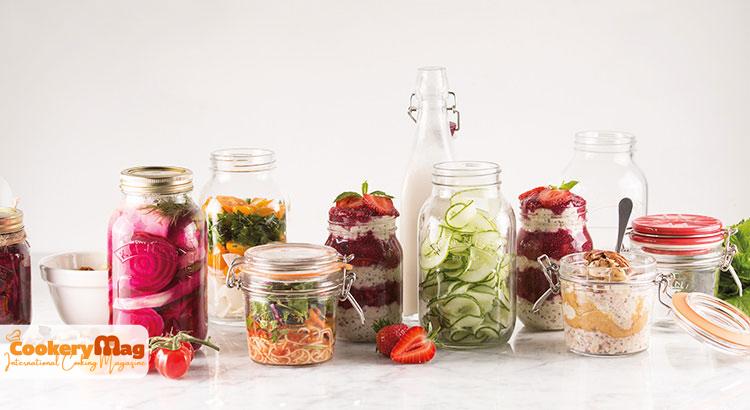
Pickles are used in different regions of Iran, and what is more interesting is that each region uses a different type of pickle compared to another region.
Each region in our country has its own pickle. Even the bijar pickle (Torshi bijar) of Gilani and Kurdistan have the same name, but they are different.
Nowadays, due to the expansion of cities and the change of living conditions in many families, ingredients such as pickles are no longer prepared in a traditional way, it should be noted that 70 years have passed since the life of industrial pickles in Iran.
Different types of Persian Pickles and Iranian torshi
1. Sir Torshi the most famous persian pickles
Sir Torshi, also known as Persian pickled garlic, is a traditional Iranian condiment made by preserving garlic cloves in a brine solution. It is a popular ingredient in Persian cuisine and is known for its strong, tangy, and slightly sour flavor.
To make sir torshi, whole garlic cloves are usually peeled and soaked in a vinegar-based brine along with various spices and herbs such as salt, turmeric, chili flakes, and sometimes fenugreek seeds.
The cloves are then left to ferment for several weeks, allowing the flavors to develop and the garlic to become tender and slightly mellow.
Sir torshi is typically enjoyed as a side dish or accompaniment to main meals in Iranian cuisine.
It can be served alongside grilled meats, rice dishes, stews, or even added to sandwiches and salads for an extra burst of flavor.
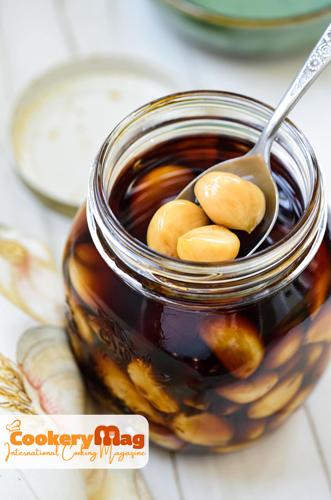
The pickled garlic cloves can be eaten whole or mashed into a paste to spread on bread or use as a condiment.
2. Torshi Liteh the second pickle in the list of Persian Pickles
Torshi Liteh is another traditional Persian pickle that is popular in Iranian cuisine. It is a mixture of vegetables and herbs that are pickled in a vinegar-based brine.
The main ingredients of Torshi Liteh usually include eggplant, garlic, and herbs such as mint and tarragon.
Other vegetables like bell peppers, carrots, and cauliflower may also be added for additional flavor and texture. The vegetables are typically sliced or diced into small pieces before being pickled.
3. Torshi Shoor, amazing appetizer in Iranian table as an Iranian torshi
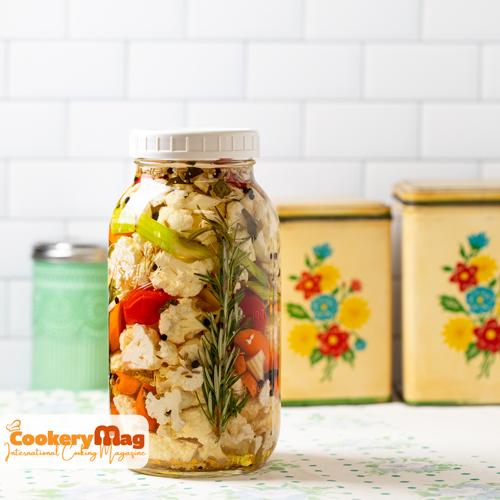
Torshi Shoor is a type of traditional Iranian pickle that is known for its sour and tangy flavor.
It is made by pickling a variety of vegetables in a brine solution, typically consisting of vinegar, salt, and sometimes sugar.
The vegetables used in Torshi Shoor can vary, but commonly include cucumbers, carrots, cauliflower, and sometimes green or red bell peppers.
4. Torshi Makhloot, the fourth pickle in the list of persian pickles
Torshi Makhloot, also known as Mixed Pickles, is a popular type of pickle in Iranian cuisine and persian pickles.
As the name suggests, it is made by pickling a mixture of different vegetables and sometimes fruits in a brine solution.
The vegetables used in Torshi Makhloot can vary, but commonly include cucumbers, carrots, cauliflower, bell peppers, and green tomatoes.
Fruits like sour cherries or pomegranate seeds may also be added for a touch of sweetness and tartness.
5. Pickle cucumber (Khiar Shoor)
Khiar Shoor is a traditional Iranian pickle that is commonly known as Cucumber Pickle. It is a simple and refreshing pickle made primarily with cucumbers.
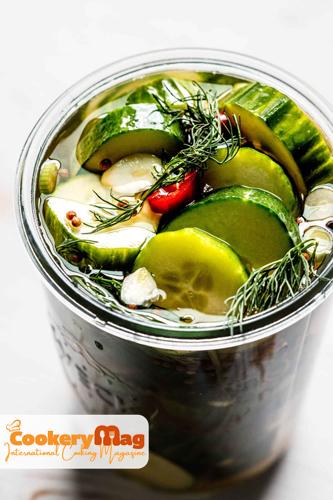
To prepare Khiar Shoor, cucumbers are typically sliced into thin rounds or cut into small pieces.
These cucumber pieces are then soaked in a brine solution made with vinegar, salt, and sometimes sugar.
The pickles are left to marinate for a period of time, allowing the flavors to develop and the cucumbers to become tangy and crisp.
6. Torshi Anbeh
Torshi Anbeh, also known as Pickled Mango, is a type of pickle that originates from Iranian cuisine. It is made by pickling green, unripe mangoes in a brine solution, typically consisting of vinegar, salt, and sometimes spices or herbs.
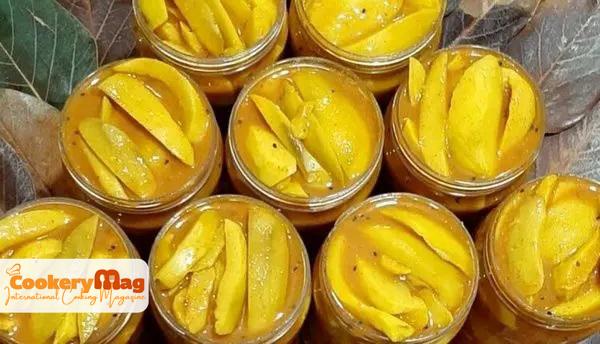
To prepare Torshi Anbeh, the green mangoes are peeled and sliced into thin strips or small pieces. These mango pieces are then immersed in the brine solution and left to ferment for a period of time, allowing the flavors to develop and the mangoes to become tangy and slightly sour.
Nutritional value and benefits of pickles & Persian Pickles
Pickles have a low nutritional value, because they are made from raw materials that do not have high nutritional value, and these materials lose the small amount of vitamins they have in the pickling process.
So, in the preparation process, only some iron, magnesium and other such salts remain in them, which also reach the body in a small amount due to the consumption of less pickles.
After pickling, you should not expect that it will provide energy and vitamins, but you should use pickling as a variety of food.
Research has shown that daily consumption of 20 ml of vinegar, equal to 2 tablespoons, either alone or mixed with food, reduces the glycemic index of carbohydrate foods.
This effect is seen in both diabetic and non-diabetic people. Reducing the glycemic index causes the increase of sugar in the body to be done slowly.
Disadvantages of Persian pickles and all kind of torshis
Is pickles harmful? A question that many people always ask and search…
Yes, pickles are harmful for people who have an acid-sensitive stomach.
Contrary to popular belief, pickles do not have an effect on a person’s weight loss, perhaps in some people it may cause weight gain by stimulating the appetite.
Also take into account that pickles are food and perishable, Molds may attack pickles in the vicinity of air, so pickles cannot be kept for several years, of course, with the exception of pickled garlic, which no matter how many years pass, Its properties increase.
One of the important points of using pickles is that it can indirectly reduce the consumption of sauce.
In 2009, the British Journal of Cancer published an online meta-analysis of research on the effect of pickles on the increased risk of esophageal cancer.
The report, based on limited data in the meta-analysis, showed a two-fold increase in the risk of esophageal cancer with consumption of pickled Asian vegetables.
Tips for storing all Persian pickles
- Dry all the materials well after washing.
- Pickles should be stored in a dry and cool place.
- The container in which the pickle is stored must have a tight lid.
- Pickles can indirectly reduce the consumption of sauce with meals.
- Make the pickle in a containers that you can put in the refrigerator.
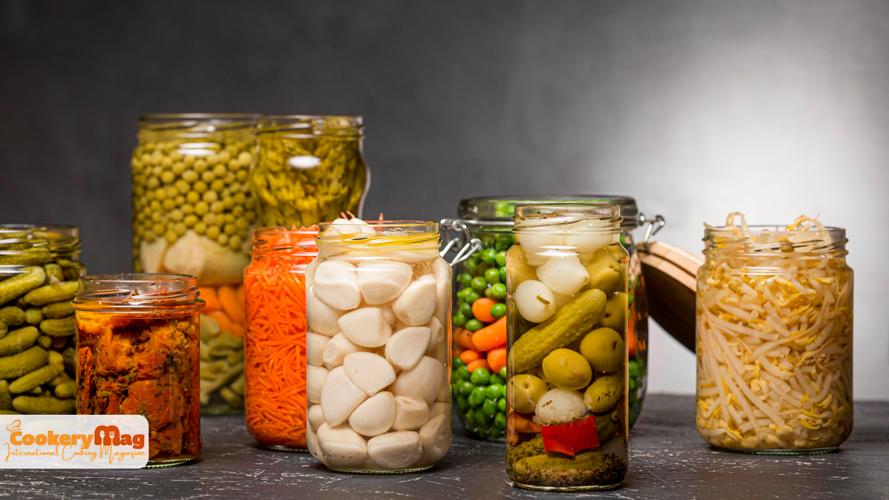
- In all pickles, vinegar should cover the ingredients so that it does not mold.
- Never put a metal spoon in the pickle container, and use a wooden or silicone spoon to remove and pick up the pickle from the container.
- Avoid storing pickles in metal containers, especially aluminum ones; Glass containers with metal doors are the best option for storing pickles.
- Pickles are only a seasoning on the side of food. Any excess in its consumption causes serious damage to the digestive system because Pickles are harmful to people with sensitive stomachs and gastrointestinal.
Conclusion of persian pickles
Thank you for being with us with this delicious and popular Persian Pickles. If you have any questions, it’s my honor to answer. Enjoy your exploration of Persian cuisine!
Please share this article with your friends on Facebook, Twitter, Pinterest, and other social media. 🧡
Frequently Asked Questions about Persian Pickle
Is this appetizer harmful for people with stomach ulcers (peptic ulcer disease)?
As we mentioned and told you above, Pickles are harmful to people with sensitive stomachs and gastrointestinal.

